After we removed the sediment traps from the lake, we make new sediment traps for next year. The first picture shows two sediment traps attached to a backpack in the picture. The receiving tube, which is a clear plastic tube, has collected the sediments over the last year. The sediment traps are collected and the clear plastic tube is removed and the funnel is set up again with the new plastic tube. The second picture shows the new sediment trap being attached to the mooring line. The receiving tube from sediments from the previous year is allowed to partially dry and then it is taken back to the lab and analyzed for particle size. As the year progresses, different size particles are deposited in the sediment traps based on the types of particles that are moving in the lake and the position of the sediment trap in the water column. It is a very complicated process that tells a story about the events that occur in the lake during the year.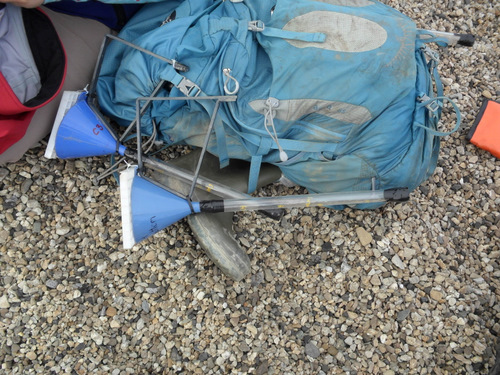
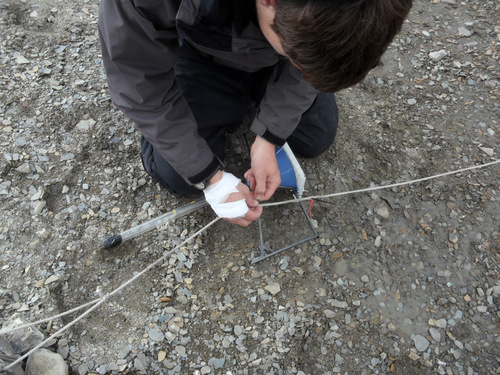
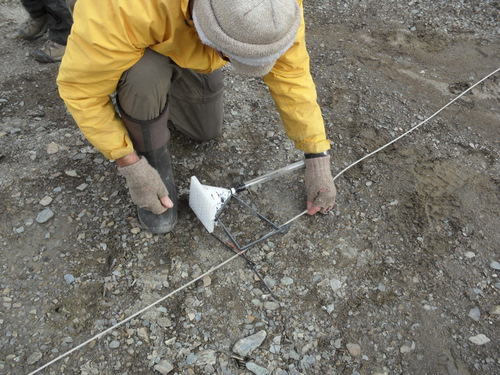
Today we started to deploy the new sediment traps. It was pretty hard work because there is a mooring line and up to 5 sediment traps are attached. Every place a sediment trap is attached, a temperature logger is attached also. At the bottom of the mooring line is a very heavy rock to keep the line straight. At the top of the mooring line is a large yellow buoy which allows the line to be found next summer.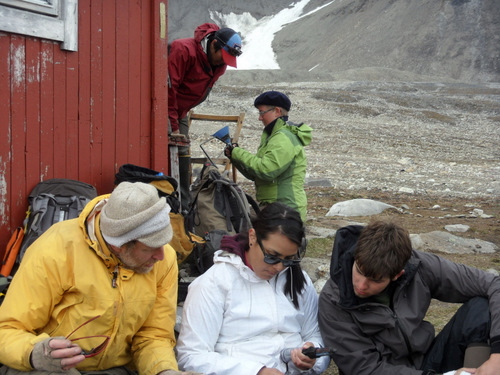
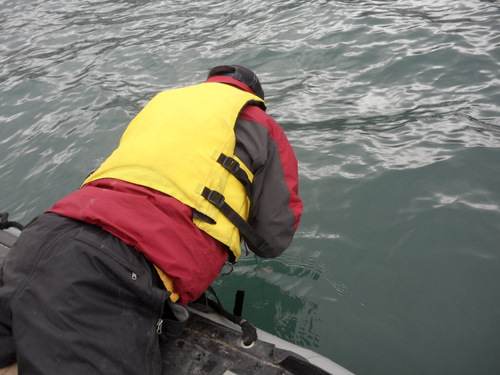
Most of the field work sites begin by a walk to the lake which is about 2 miles with a pretty good hill at the end. We then need to cross the lake which we do on Zodiacs and it takes about 15 minutes. Some of the work is done at the far end of the lake and some is done at places beyond the lake so additional hiking is required. At the end of the day, we all meet at the far side of the lake and do the process of crossing the lake and then walking back to the camp. 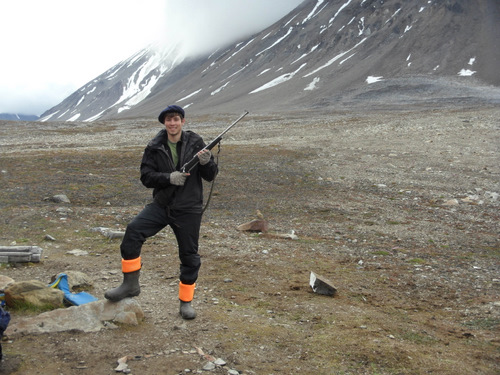
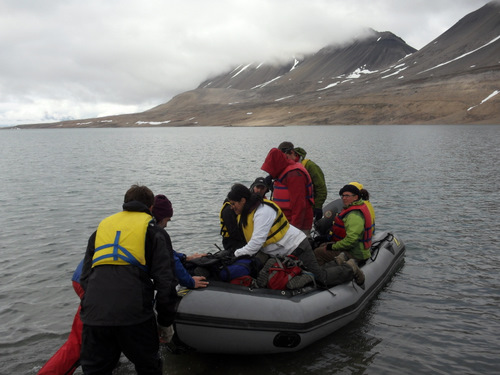


Comments